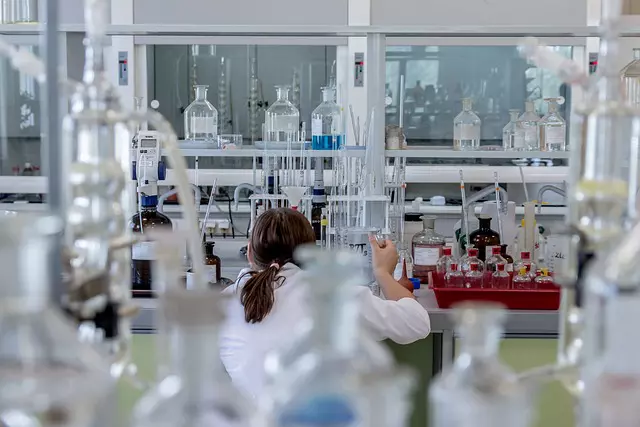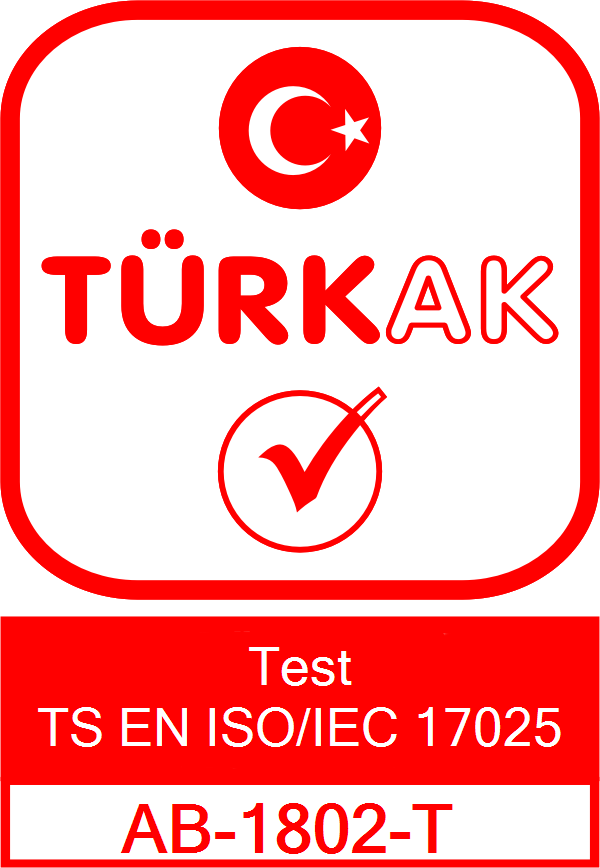
Heavy Metal Testing: How to Ensure Product Safety
Heavy Metal Testing: How to Ensure Product Safety
Contents
Heavy metal testing has become a vital safety measure not only for manufacturers but also for consumers in recent years. Whether it’s in the food, cosmetics, or textile industry, invisible threats can endanger our health. So, how can we ensure that a product is safe? The answer: through timely heavy metal testing.
What is Heavy Metal Testing?
Heavy metal analysis is a scientific test that measures the presence of toxic metals such as lead (Pb), cadmium (Cd), mercury (Hg), and arsenic (As) in products or raw materials. These tests are either mandatory or recommended, especially for products that have a direct impact on human health.
Why is Heavy Metal Testing Important?
- Protects human health: Heavy metal poisoning can lead to numerous diseases, particularly nervous system disorders.
- Ensures legal compliance: Meets requirements of standards such as TSE, ISO, EN, and EC.
- Preserves brand reputation: Prevents recalls, reputation loss, and legal penalties.
Where is Heavy Metal Testing Performed?
It must be carried out by accredited laboratories with experienced technical staff. TTS Laboratory offers heavy metal testing services for various industries including food, cosmetics, textiles, and packaging.
How is Heavy Metal Testing Done?
- Sample Reception: The sample is received by the laboratory.
- Preparation: The product is either dissolved or ashed depending on its form.
- Analysis: Advanced instruments such as ICP-MS, AAS, or ICP-OES are used for analysis.
- Reporting: Results are compared against established standards and reported accordingly.
Common Heavy Metal Analysis Methods
| Method | Description |
|---|---|
| ICP-MS | Used for precise measurement of metals at extremely low concentrations. |
| AAS (Atomic Absorption Spectroscopy) | Preferred for single-element analysis. |
| ICP-OES | Allows for multi-element analysis with high accuracy. |
Heavy Metal Testing Costs
The cost of heavy metal testing varies depending on the type of sample, the number of tests required, and the chosen analysis method. For institutional quotations, please contact TTS Laboratory.
Which Industries Require or Recommend Testing?
- Food: Heavy metal analysis in food is mandatory under the Turkish Food Codex.
- Cosmetics: Cosmetic heavy metal analysis is essential for ensuring product safety.
- Textiles: Especially for OEKO-TEX® certified products, the metal content must be within specified limits.
- Packaging and Toys: Testing is required under European regulations.
Safe Production Starts with Heavy Metal Testing
Heavy metal determination is a cornerstone of modern production and a reflection of the importance given to consumer health. At TTS Laboratory, we conduct tests not only for analysis but with a strong focus on trust and reliability. Today, product safety is no longer a choice — it is a necessity. Brands that manage this process well will not only win today, but also secure the future.
Frequently Asked Questions
What is heavy metal testing?
It is a scientific analysis method used to detect the presence of toxic metals in products or materials.
What affects the cost of heavy metal testing?
Factors such as the type of test, analysis method, number of samples, and industry type influence the price.
Where can I get a heavy metal blood test?
This test can be performed by healthcare providers and clinical laboratories.

